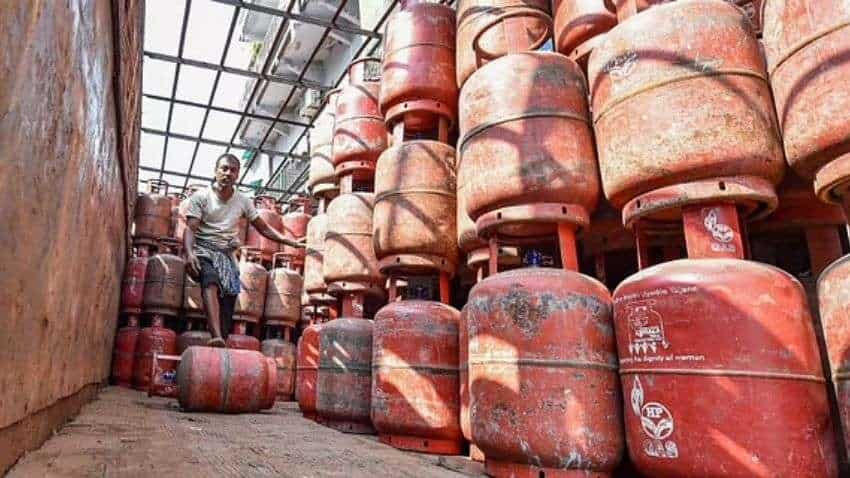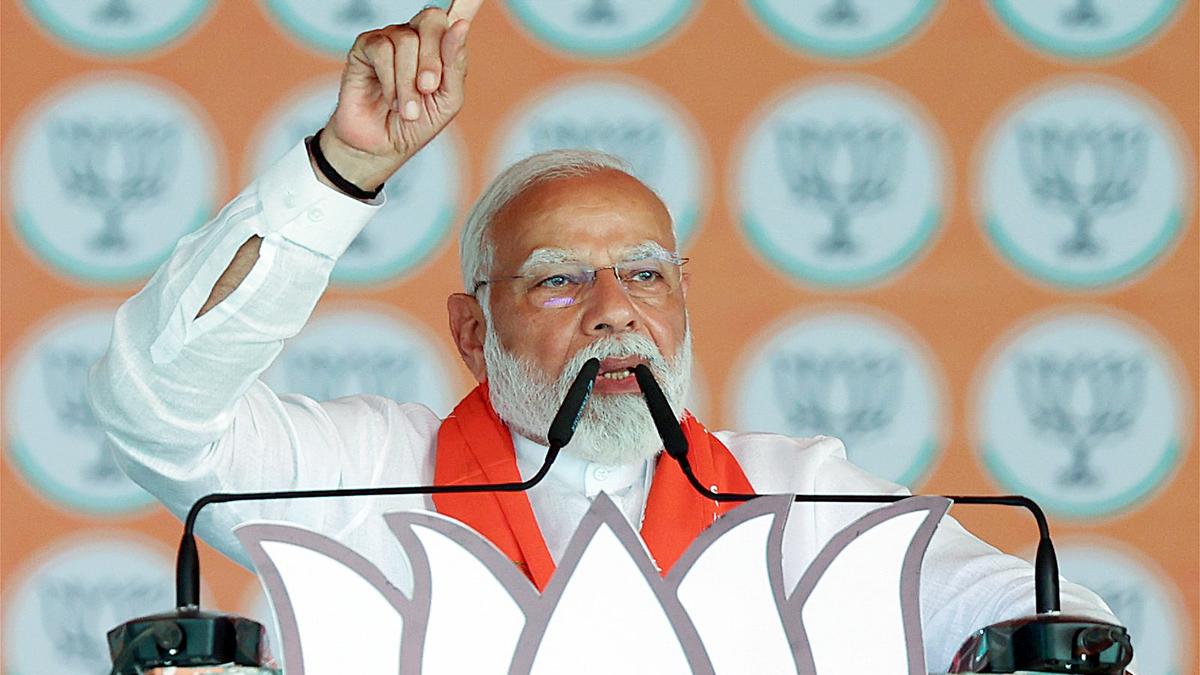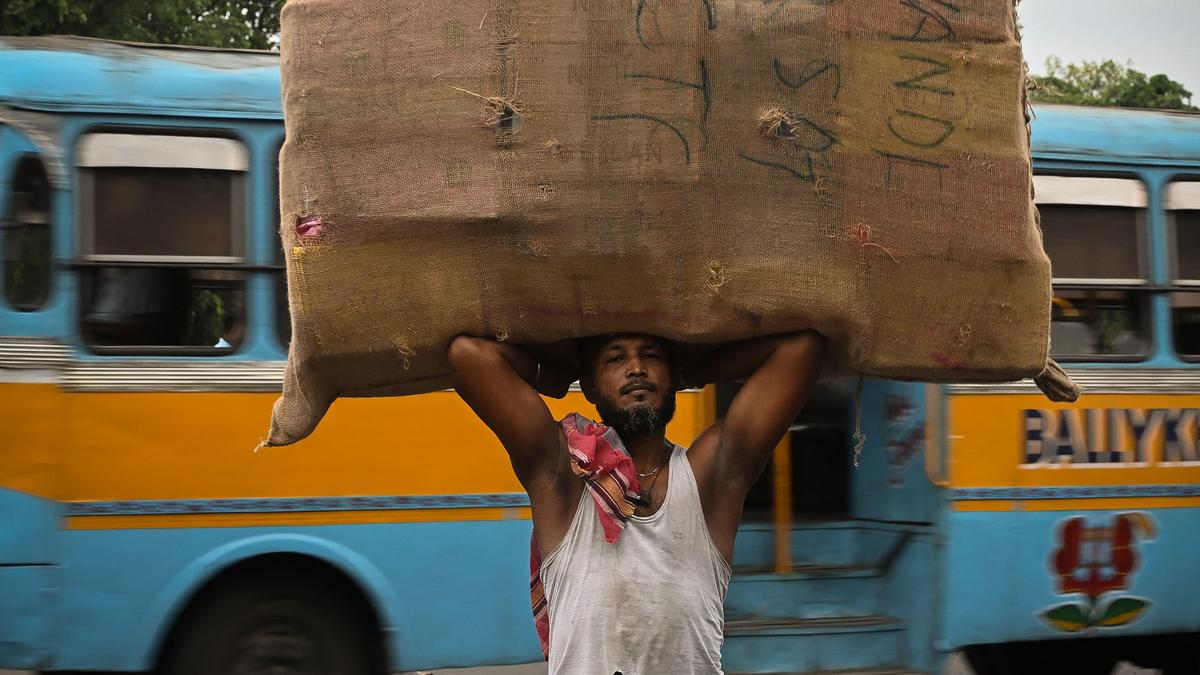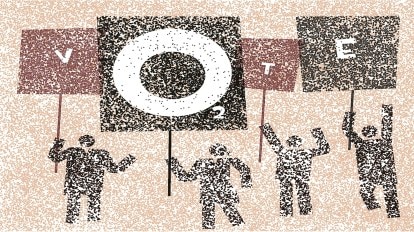Why in news?
As per the Global Electricity Review 2024, India surpassed Japan to claim the title of the world’s third-largest solar power generator in 2023 as it has climbed from 9th ranking in 2015.
- India generated 113 Billion Units (BU) of solar power in 2023 compared to Japan’s 110 BU.
What’s in today’s article?
- Global Electricity Review 2024
- Key highlights of the report
- India specific observations made in the report
- Opportunities for Solar energy in India
Global Electricity Review 2024
- It was published by global energy think tank
- The report offers a comprehensive examination of the global power landscape in 2023, drawing on data from individual countries.
- It has analysed the data from 80 nations that represent 92% of global electricity demand, along with historical data from 215 countries.
- It provides a realistic summary of how on track the electricity transition is for limiting global heating to 1.5 degrees.
Key highlights of the report
- Share of solar energy in global electricity in 2023
- Solar produced a record 5.5 per cent of global electricity in 2023.
- Trajectory of solar energy has been accelerating rapidly
- For the nineteenth consecutive year, solar maintained its status as the fastest-growing electricity source worldwide.
- It outpaced coal in new electricity additions by more than two fold in 2023.
- Share of renewable energy in global electricity produced
- Renewable sources of energy made up 30% of global electricity Renewables have expanded from 19% (in 2000), driven by an increase in solar and wind power, to 30% (in 2023).
- Combined with nuclear, the world generated almost 40% of its electricity from low-carbon sources in 2023.
- Fossil fuel generation to drop in 2024
- The report forecasts fossil fuel generation to drop in 2024 and the trend to continue in other years.
- It suggests that 2023 might be the year when the fossil fuel production may have peaked globally.
- China is the main contributor in renewable energy in 2023
- China accounted for 51% of the additional global solar generation and 60% of new global wind generation in 2023.
India specific observations made in the report
- India as third-largest solar power generator in 2023
- India’s growth in solar generation in 2023 pushed the country past Japan to become the world’s third-largest solar power generator.
- It has climbed from ranking ninth in 2015.
- China and USA are two major producers ahead of India in 2023.
- In terms of installed solar power capacity, India ranks fifth in the world while Japan is at third place (83 GW).
- Share of solar energy in overall electricity produced
- In 2023, India generated 5.8% of its electricity from solar energy.
- India experienced the world’s fourth-largest surge in solar generation in 2023
- It added 18 Terawatt hours (TWh) to its capacity, following China (+156 TWh), the United States (+33 TWh), and Brazil (+22 TWh).
- These top four countries collectively accounted for 75% of global solar growth that year.
- Solar energy generation in 2023 as compared to 2015
- Global solar generation in 2023 exceeded six times that of 2015, with India experiencing a seventeen-fold increase during the same period.
- India needs to significantly ramp up annual capacity additions to meet ambitious target
- India stands among the select few nations committed to tripling renewable capacity by 2030.
Opportunities for Solar energy in India
- Increasing demand
- The government’s ambitious target of 500 GW of installed capacity from non-fossil fuels by 2030 is the main driver to scale solar power in India.
- India also accounts for the fastest rate of growth for demand of electricity through 2026 among major economies.
- This is because of strong economic activity and expanding consumption of products to mitigate extreme weather.
- According to NITI Aayog, as of May 2024, solar power while making up ~18% of India’s total installed electricity of 442 GW, made up only 66% of the power actually produced.

- This data reflects the gap between potential and actuals as the power produced per year can vary due to fluctuations in a country’s power demand and local circumstances.
- Estimated solar power potential
- The country has an estimated solar power potential of 748.99 GW.
- Hence, the potential of solar energy is not fully tapped, so far. The government is making efforts to harness the available potential through various schemes & programs.
WTO’s Agreement on Agriculture (AoA)

Why in News?
- The US and Australia have contended that India has provided sugarcane subsidy beyond the limits set out in the WTO’s Agreement on Agriculture (AoA), which may have distorted global trade.
What’s in Today’s Article?
- What is WTO’s Agreement on Agriculture (AoA)?
- The AoA Consists of Three Pillars
- Concerns Raised About India’s Sugarcane Subsidies
What is WTO’s Agreement on Agriculture (AoA)?
- The AoA is an international treaty of the World Trade Organisation (WTO), negotiated during the Uruguay Round of the General Agreement on Tariffs and Trade.
- It entered into force with the establishment of the WTO on 1 January 1995.
- It includes the classification of subsidies by “boxes” depending on consequences of production and trade:
- Amber (most directly linked to production levels),
- Blue (production-limiting programmes that still distort trade), and
- Green (minimal distortion).
- While payments in the amber box had to be reduced, those in the green box were exempt from reduction commitments.
- However, all must comply with the fundamental requirement:
- To cause not more than minimal distortion of trade or production, and
- Must be provided through a government-funded programme that does not involve transfers from consumers or price support to producers.
The AoA Consists of Three Pillars:
- Domestic support:
- AoA divides domestic support into two categories: trade-distorting and non-trade-distorting (or minimally trade-distorting).
- The system currently allows Europe and the US to spend $380 billion a year on agricultural subsidies.
- These subsidies end up flooding global markets with below-cost commodities, depressing prices, and undercutting producers in poor countries, a practice known as dumping.
- Market access: Market access refers to the reduction of tariff (or non-tariff) barriers to trade by WTO members. The AoA consists of tariff reductions of:
- 36% average reduction — developed countries — with a minimum of 15% per-tariff line reduction in next six years.
- 24% average reduction — developing countries — with a minimum of 10% per-tariff line reduction in next ten years.
- Least developed countries (LDCs) were exempt from tariff reductions. But they either had to convert non-tariff barriers to tariffs or “bind” their tariffs, creating a ceiling that could not be increased in future.
- Export subsidies:
- It requires developed countries to reduce export subsidies by at least 36% (by value) or by 21% (by volume) over six years.
- For developing countries, the agreement required cuts were 24% (by value) and 14% (by volume) over ten years.
Concerns Raised About India’s Sugarcane Subsidies:
- US-Australia report
- It argued that during all the four years (2018-19 to 2021-22) India’s sugar subsidies crossed 90% of the value of production against the permissible level of 10%.
- However, for calculating subsidy (Aggregate Measurement of Support [AMS]) levels, the report referred to the methodology recommended by a WTO panel that had ruled against Indian sugar subsidies in 2021.
- AMS is a trade distorting (amber box) subsidy. Since it distorts trade, the AMS is categorized as a ‘reducible’, ‘non permissible’ or ‘non-exempted’ subsidy.
- The AMS consists of two parts—product-specific subsidies and non-product specific subsidies.
- Product-specific subsidy refers to the total level of support provided for each individual agricultural commodity. E.g., wheat AMS is the subsidy given specifically to wheat.
- Non-product specific subsidy, refers to the total level of support given to the agricultural sector as a whole, i.e., subsidies on inputs such as fertilizers, electricity, irrigation, seeds, credit etc.
- India’s stand
- Each sugar season, India sets the Fair and Remunerative Price (FRP) for sugarcane.
- The FRP is an administered price that effectively acts as a floor price for sugar mills to pay farmers for sugarcane.
- In addition, farmers are paid premiums for increased production efficiency, and farmers in some States are eligible for additional payments by sugar mills under specific State-level support, known as State-Advised Prices (SAPs).
- In its appeal against the WTO panel report of 2021, India argued that the panel had erred in finding that the country’s FRP and SAP constituted market price support under the AoA.
- 2021 Panel Report could not be adopted
- The US-Australia report said India’s appeal prevented the panel report from being adopted by the WTO Dispute Settlement Body.
- As the Appellate Body of the WTO is not functional because of non-appointment of members, no decisions on appeals can be taken till it starts functioning again.
Socio – Ecological Effects of LPG Price Hikes

What’s in Today’s Article?
- Background (Context, Govt’s Schemes, etc.)
- LPG Price Rise (Mechanism, Impact, Alternatives, Way Ahead)
Background:
- Council on Energy, Environment and Water, a Delhi-based think tank, had conducted a survey in 2014-15 called ACCESS Survey.
- The Access to Clean Cooking Energy and Electricity – Survey of States (ACCESS) is India’s largest energy access survey.
- As per the survey, LPG’s cost was the foremost barrier to its adoption and continued use in rural poor households.
Has the Government Been Successful in Pushing the Use of LPG Cylinders?
- Since the start of the 21st century, successive governments have placed a premium on the cooking fuels in rural households transitioning to LPG.
- 2009:
- In 2009, the Rajiv Gandhi Gramin LPG Vitrak Scheme was launched to increase LPG distribution in remote areas.
- Nearly 45 million new LPG connections were thus established between 2010 and 2013.
- 2015:
- Direct Benefit Transfers (DBT) for LPG under the ‘PAHAL’ Scheme were initiated in 2015.
- 2016:
- In 2016, direct home-refill deliveries were implemented and the Give it Up program enrolled around 10 million LPG consumers to voluntarily discontinue subsidies and transfer their accounts to below-poverty-line households.
- The Pradhan Mantri Ujjwala Yojana (PMUY) followed, to install LPG connections in 80 million below-poverty-line households by 2020.
- The scheme also provides a subsidy of ₹200 for every 14.2-kg cylinder, which increased to ₹300 in October 2023.
- However, it is important to note that India, with around ₹300/liter, has one of the highest LPG prices in the world.
How are Retail Prices for LPG Decided in India?
- What the consumer pays for a 14.2 kg domestic LPG cylinder comprises three components – LPG price, dealer’s commission and taxes.
- Unlike retail prices of petrol and diesel in India, where taxes account for the bulk of the price, for domestic cooking gas, almost 90 percent of the cylinder price is the cost of LPG.
- Commission and taxes account for 11 percent of a cylinder’s retail price.
- Also, more than 60 percent of India’s LPG needs are met through imports.
Consequences of Rising LPG Prices – Case Study
- Study and its findings
- In 2023, a study showed how local communities of the Jalpaiguri district in West Bengal depend on the forests for fuelwood.
- Roughly half of the 214 local shops in 10 markets used fuelwood; the shop-workers reported the cost of a commercial cylinder, ₹1,900, to be too high.
- Around 38.5% of Jalpaiguri’s population is below the poverty line and most of them work in tea estates with a daily wage of ₹250.
- Against this backdrop, the persistent use of fuelwood as cooking fuel is unsurprising.
- While the act of collecting fuelwood gives the people cooking fuel, it also degrades the forest and forces people to risk adverse encounters with wild animals.
- Analysis
- Due to various government schemes, most households in Jalpaiguri have LPG connections but few refill the cylinder even twice a year.
- On introduction of the PMUY scheme, many households quickly switched to LPG from fuelwood, and reported that their cooking activities became fast and smokeless, they could forgo the need to rise early and the time and effort spent in collecting fuelwood.
- However, the hike in the price of LPG has rendered these advantages short-lived.
What are the Suitable Alternatives?
- Devising locally acceptable, suitable, and sustainable alternatives to fuelwood is important to secure the forests, wildlife and locals’ livelihoods.
- Work is ongoing with the West Bengal Forest Department and Joint Forest Management Committees to help four villages acquire saplings of high fuelwood value.
- This is being done on the conditions that they will be native species, prohibited from logging, unpalatable to elephants and will be maintained by locals.
- Alternatives like efficient cooking stoves, optimized shade tree density in tea plantations, and multi-stakeholder meetings for resource governance are also in the works.
Way Ahead:
- LPG price rise, especially over the last decade, could cause socio-ecological crises in places where there are no viable alternatives to fuelwood and socio-economic deprivation is common.
- Future governments must focus on making, and keeping, LPG affordable.
- At the same time, they also need to endeavor to free solid cooking fuels from socio-ecological endangerment.
- For example, a national policy on smokeless cooking stoves that consume less fuelwood.









)


